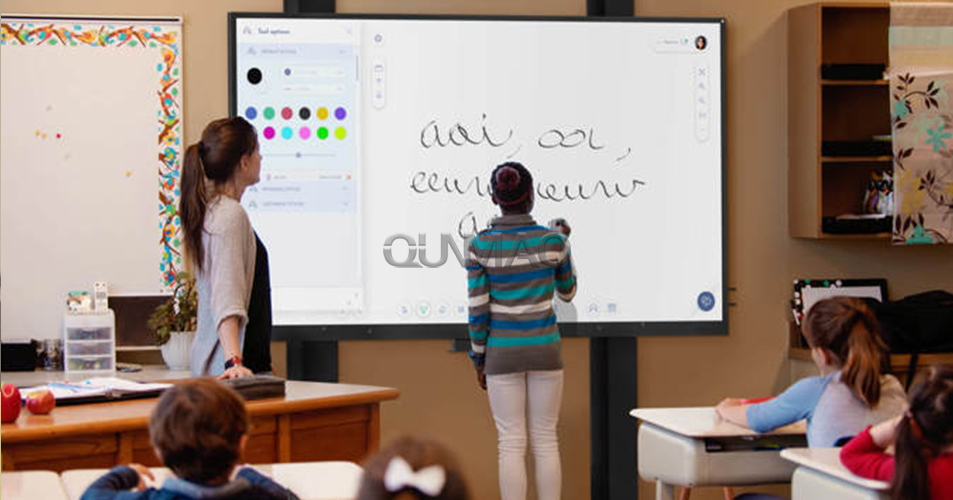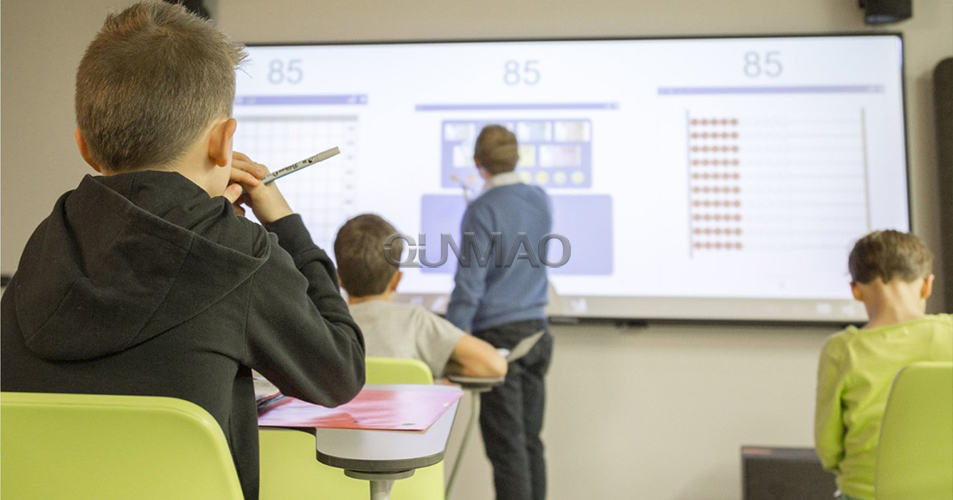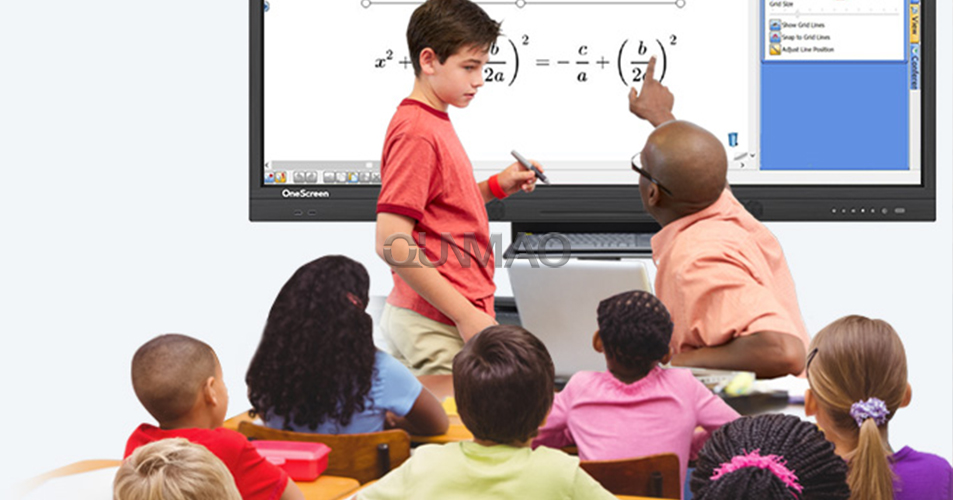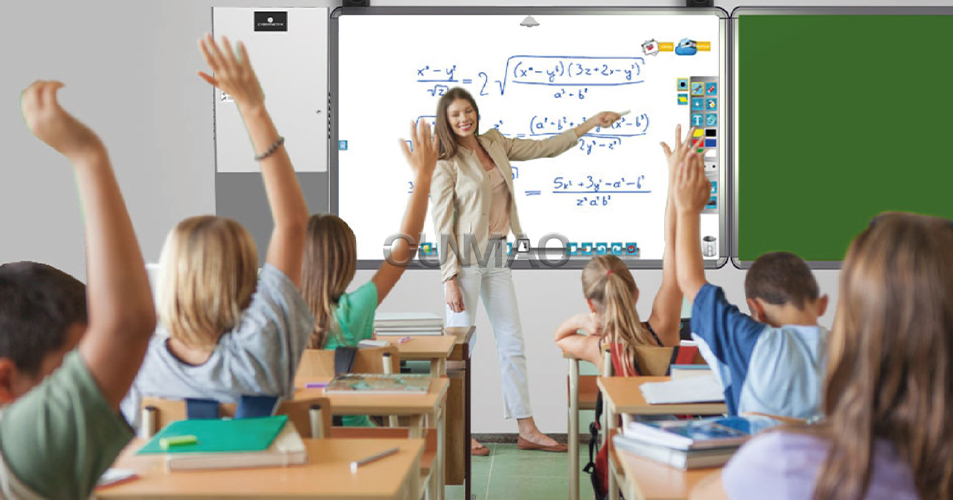The introduction of digital whiteboards in classrooms has altered teachers’ and students’ roles. Students have more options to actively
participate in their learning, instead of absorbing information from textbooks or teacher lectures.

According to a study conducted by Ataturk University, students who learned using an interactive whiteboard performed better on standardized
examinations than those who didn’t use the technology. The study states, “Visual materials, paintings, symbols and screen designs facilitate
and increase the permanence of learning.”

Moreover, instructional technology like the interactive whiteboard encourages student engagement, fosters cooperative learning and helps
learners develop critical-thinking and problem-solving skills. The digital whiteboard allows students to share information, engage
kinesthetically with class materials and collaborate with peers. Thanks to touch-screen and screen-sharing options, students can do this from their seats or come to the board to work.

Using digital whiteboards for interactive learning has many benefits, so it’s important that educators are able to use the technologies
to their fullest extent. Digital whiteboard troubleshooting and exploration shouldn’t get in the way of learning.

